Defining Your Brand Voice and Mood in 2 Easy & Fun Steps
August 19, 2023
Defining your brand voice and mood is essential to differentiate yourself as outstanding brand versus a mediocre one. This can be accomplished by developing a unique brand voice and an unforgettable brand mood.
It’s quite straightforward: people do not have the desire to purchase from monotonous, uninspiring companies. Even the most modern tech businesses possess a bit of character, for without it, no one can make a connection – this connection creates devotion and leads to sales.
Nevertheless, most entrepreneurs tend not to pay enough attention to brand voice and mood. It is understandable with all the other matters to attend to, like hiring, managing finances, scheduling appointments, and simply staying afloat.
As a personal branding photographer, I have witnessed the conversions when businesses refine their brand voice and atmosphere. These changes can result in various benefits, from greater sales figures and revenue to improved customer loyalty and increased confidence in the business owner. The potential of these changes is enormous.
Are you curious about refining your brand’s voice and atmosphere? I can assist with that.
Before we move on, it is important to understand what brand voice and mood mean.
The personality of your brand is made up of two components: your brand voice and mood. These are the parts of your brand that make it unique. Your brand voice and mood can be seen in your marketing, copy, and the colors you use on your website. It is a complex mix of elements influencing how you and your customers see your business. It’s an exciting part of branding to explore.
The brand voice and mood you express as an entrepreneur can be a powerful tool to reach your target audience. Depending on the desired effect, one can opt for a more formal yet light-hearted approach (like Apple and Southwest Airlines), or a more humorous, vibrant tone (like Barkbox and Slack). The choice is yours, and this is part of what makes creating and cultivating your brand so fascinating.

Defining Your Brand Voice and Mood: 2 Steps
Examining and refining your brand’s voice and mood is essential to your brand strategy. It’s worth noting that this voice and mood can be subject to change in the same way that you are. I highly suggest you take the time to review the voice and tone of your brand at least yearly – it can have a surprising effect on your overall messaging and direction.
These are a few of my top techniques for doing it:
Despite the importance of your audience’s opinions, I’m a strong proponent that many entrepreneurs opt for the voice and atmosphere they perceive they ought to have rather than the one they desire. That is an outdated way of considering matters… and not genuine!
Certainly, your target audience will always sense when a brand is being pushed too hard on them. Consequently, it’s important to contemplate what you want to bring out of your audience with your brand voice. Are you aiming to motivate your audience with vibrancy? Do you want to reach out to people through information and professionalism? What are you currently trying to convey with your brand voice? Is it complementary? Then, you can move forward from there.
- Put a mood board together.
I have always been a big fan of mood boards and their ability to help individuals develop their brand voice and mood. This is why designers use them when working on projects.
Here’s your task — channel your inner creative and start exploring. You can opt for the traditional method with magazines or use a platform like Pinterest, or a productivity app (like Notion). The main focus? Save or cut out anything that interests you or reflects what your brand should be. It’s a great way to have all the relevant aspects of your brand in one easily accessible spot, and it’s also a fun activity that can be revisited frequently.
2. Then define your voice, and look.
The most significant of its voice and mood is how your brand communicates with people through written and spoken words, visuals, and marketing. Go back to your mood board and, first, determine what voice would match, then see if it matches the mood of the voice in your existing emails, websites, and other materials. If it doesn’t, make some changes.
After addressing your voice mood, focus on the visual elements representing your brand, such as the logo, colors, typography, website style, and photographs. First, notice how I have the visuals last — your messaging always comes first. Again, going back to your mood board, what colors, logos, and fonts will go with what you selected? You can DIY this using Canva or hire a professional.
Now that you have established a solid foundation for your branding voice and mood, capturing your personal brand with photography is time. It is no secret that personal branding photos are an excellent way to display your personality and brand voice. Luckily know the perfect person who can assist you with this.
Let’s connect and make it happen!

About Angela Acosta & the Atelier
Based in New Jersey, Angela Acosta specializes in personal branding and portrait photography for women business owners and professionals in New York and the tri-state area. She expertly channels brand narratives through tailored images, offering insights on wardrobe and styling to ensure authenticity. With a deep commitment to capturing the essence of each client, Angela transforms branding with impactful photographs that resonate and inspire. Contact us to schedule your complimentary consultation.